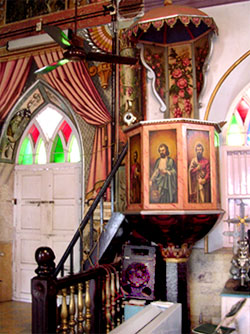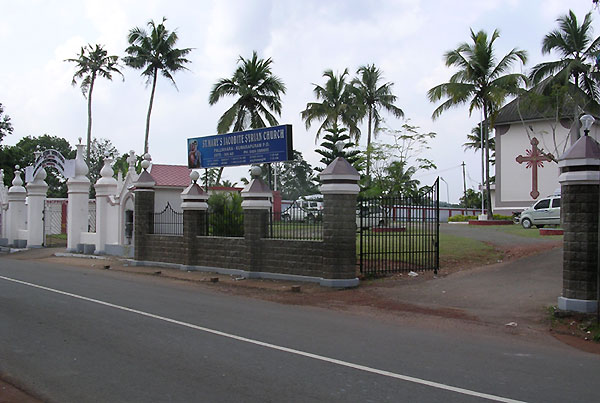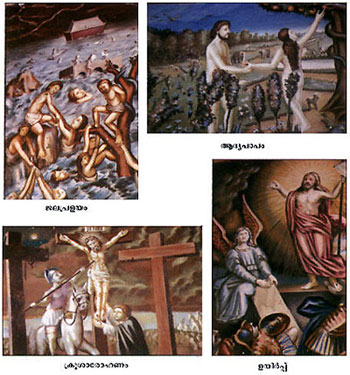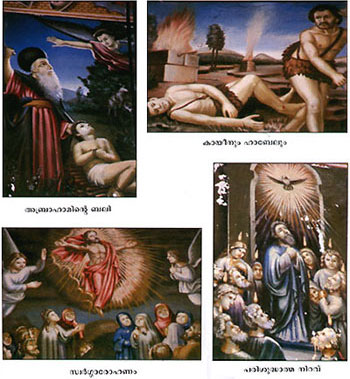0484 268 00 95
info@stmaryscathedralpallikkara.org
- Donate Now
0484 268 00 95
info@stmaryscathedralpallikkara.org
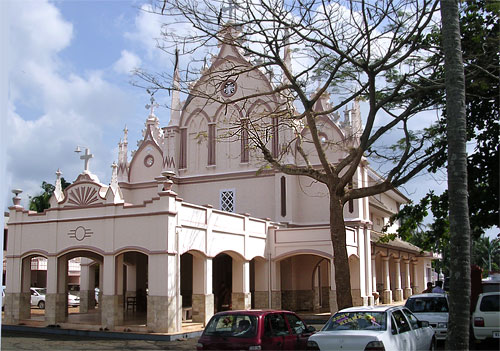
(Photo: November 2005)
St.Mary's Church enriched with very archaic historical background has a tradition over centuries. This ancient church is situated at a place known as Morakkala region in Kunnaththunaadu panchayath. The position of the church can be defined as 25 Kilo meters east from Kochi city, the trading nerve center of Kerala, facing to Aluva Chithrappuzha road, 15 Kilo meters south from Aluva and 12 Kilo meters north from Thrippunithura. There were no roads or vehicle facilities; the only travel way to the region was a tiny river flowed through western side. A majority of holy fathers who ruled Malankara great parish have found this church as a suitable resting place on the way, while they travelled to Kochi. This region where the church remained was known as Pallikkara. When the survey records being established, this region included in Morakkala land, the church then denoted also as Morakkala church. There is an un disputable historical reality, all Syrian churches in the Malankara Orthodox are shaped from the 7 churches established by Marthoma the apostle throughout the time. The history of this church and the origin of Christianity in India, its growth and development are seem un detachably related.
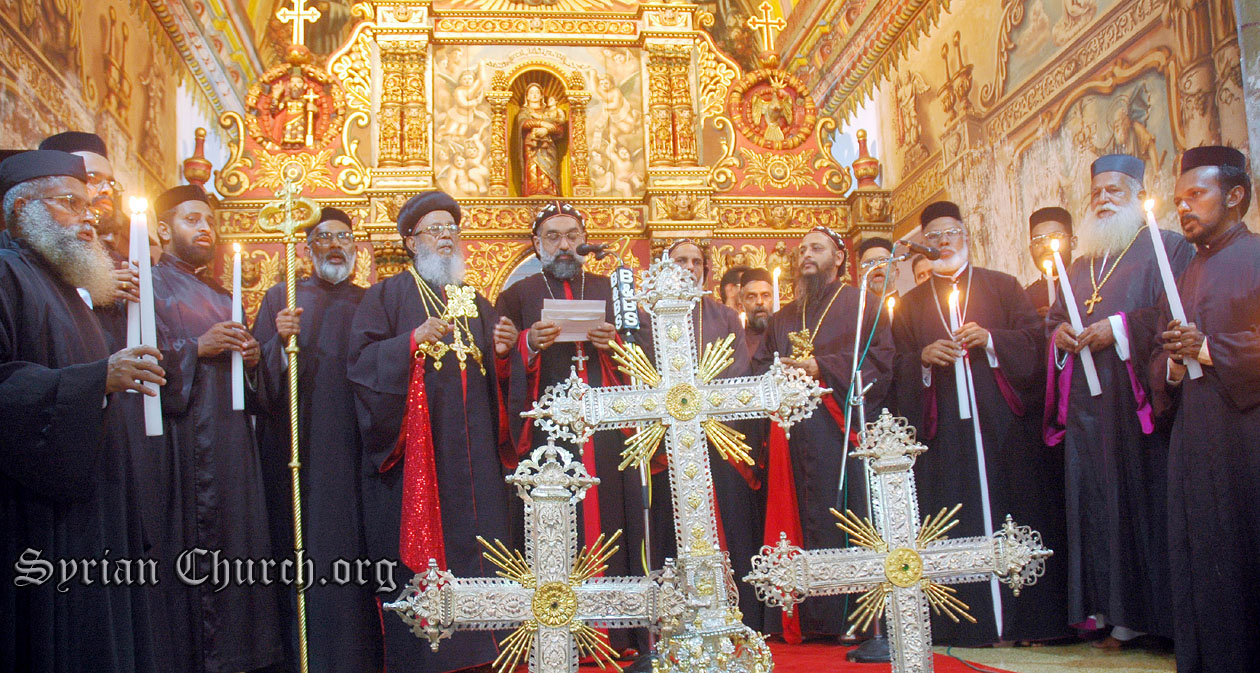
According to the Jacobite Christians of Malankara Orthodox, the 10th century is a very important time span especially to our parish. It was an era when the denomination achieving tremendous prosperities under the Antokhia Patriarchies who were brilliants and visionaries. Until the end of 9th century, the Christians residing in these places de pend Edappally for their spiritual necessities. Obviously these regions were under the ruling of Edappally dynasty. There was a parallel ruling of inter lords controlled by the kings. During this juncture, there was a child demised in this place, to bury the child taken to Edappally by a boat, there was no other way without depending river and boat for travel. The cemetery of Edappally was very small in that ancient era, so the locals were not co operative in the matter of burying deceased from distant places. They objected and the body of the child returned back without buried. It was the inter lords Arrakkal family whom ruled here, the parents of the child informed their miserable situation in front of Arakkal Kunjamma, she has given permission to bury the child at her own land. After the burial a cross installed, hence the men requested her for a sanction to establish a church intend for worship proceedings. With almost happier Arrakkal Kunjamma has allotted the required land (tax exempted) and extended needful support to build the church. Thus in AD 905, February 2th day the Pallikkara church been established. The Jerusalem temple entry of Christ was in the same day accordance with historical backgrounds. The church was established in the name of holy Mary, there was certain myth revealing like the Kottakkavu church (presently Paravoor) one of the 7 churches established by Thomas the apostle, there were separation process begun. The Edappaly church, Pallikkara church etc. were the result of dividing, the Edappally church departed from Kottakkavu church and the Pallikkara church was separated from Edappaly church. Hence the origination of Karingachira church and Nadamel church were evened by the dividing. The mentioned mythical descriptions are the references from Kerala Directories – Christian Temples P239. The prominent and aristocratic families like Koikkara, Kureekkal, Vempilly, Muttaththottil etc. were initiated and taken effort and guided to establish the church. From the founded era of the church, the details regarding the church established era still firm written in the madbeha (above at the south of main thronos, below the northern side thronos, at the eastern side wall), the first church was small and shaped like Edappally old church. From the establishment of the church here, the Christians belongs from Vengola, Vadavukode, Cheruthottukunnel, Thamarchal, Kizhakkambalam, Thengodu, Kakkanad, Ramallore, Kaithakkadu, Vazhakkulam, Veloore, Kuzhikkaattu, Kaaninaadu etc were joined this parish and involved church activities. The locale, where the church established being known as Pallikkara. When the time gone forward and after, the land records prepared from the government, Pallikkara, the place recorded at the southern side of the southern canal. Then the church became the part of Morakkala land, due to the same reason the church renowned in two titles as Pallikkara church and Morakkala church.
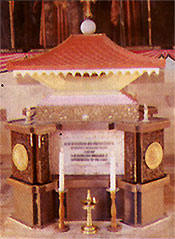
St. Ignatius Elias III & St. Baselios Yeldho
